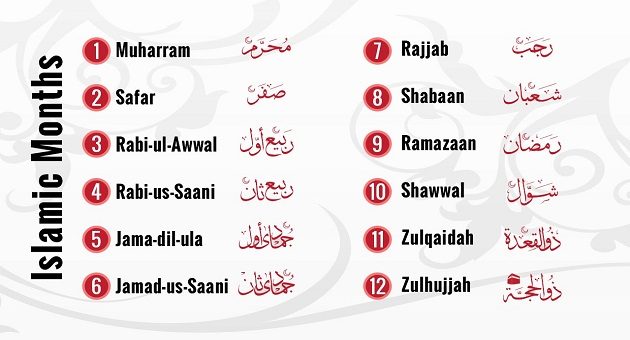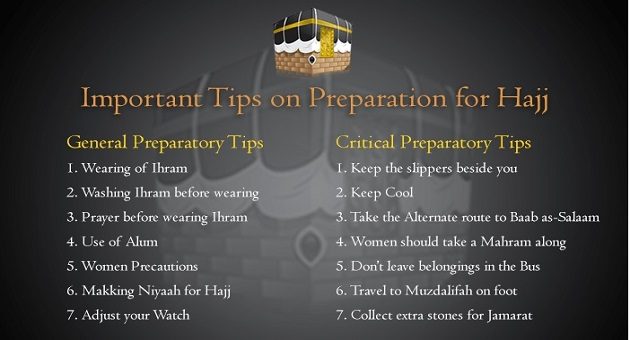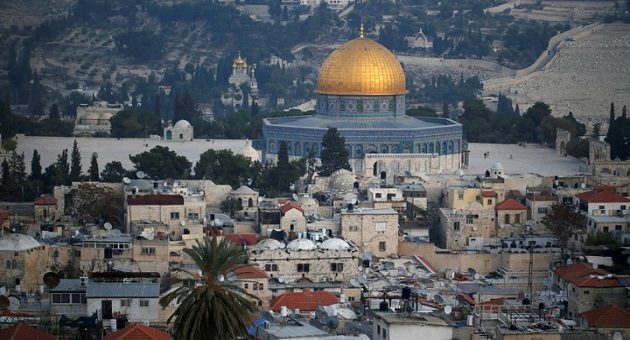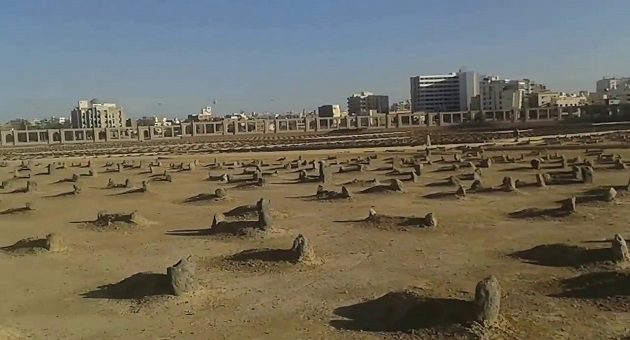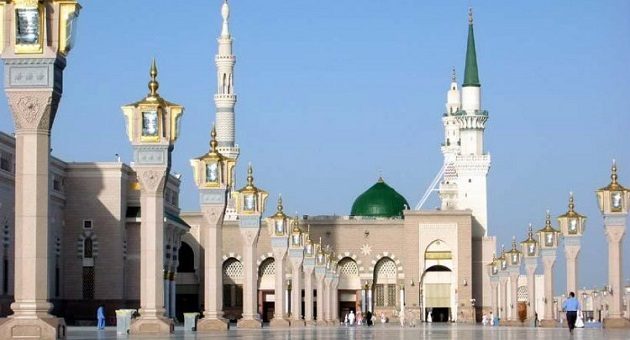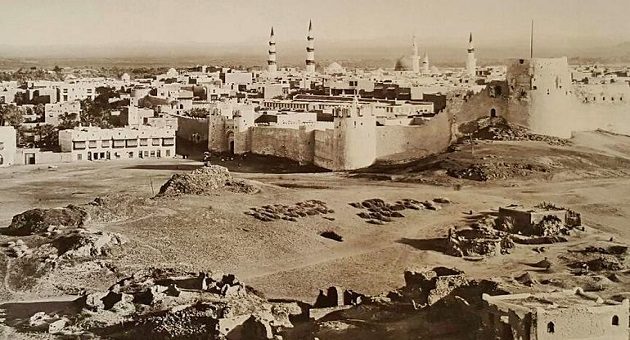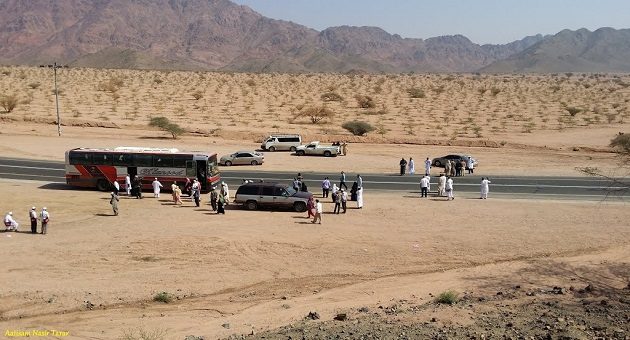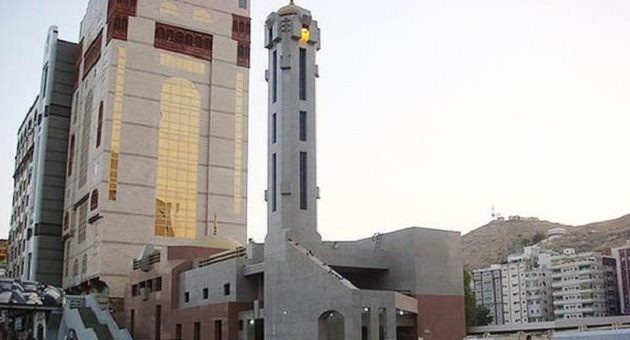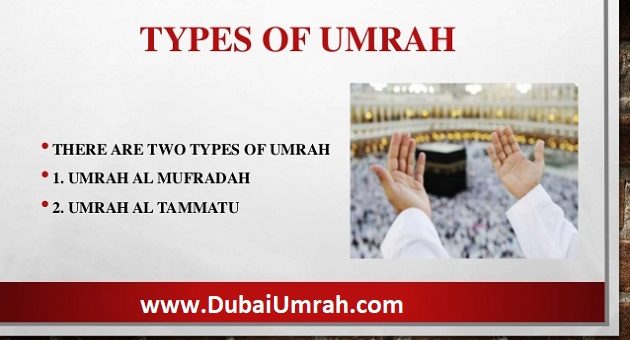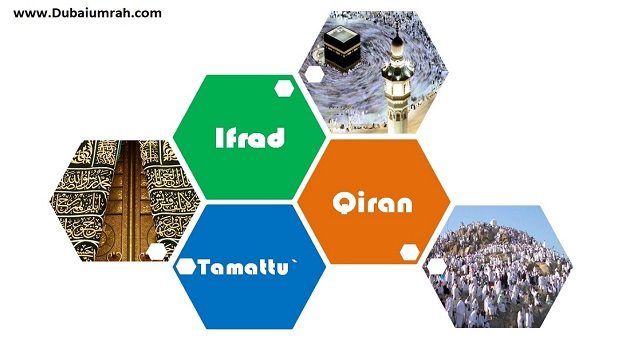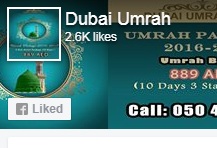Muslims do not generally “praise” the start of another year, however, we do recognize the progression of time and set aside some effort to think about our very own mortality. Muslims measure the progression of time utilizing the Islamic (Hijrah) schedule. This schedule has twelve lunar months, the beginnings and endings of which are dictated by the locating of the sickle moon. A long-time is checked since the Hijrah, which is the point at which the Prophet Muhammad moved from Makkah to Madinah (around July 622 A.D.). The Islamic schedule was first presented by the nearby partner of the Prophet, Umar ibn Al-Khattab. During his authority of the Muslim people.
Going for the yearly journey to Makkah (Hajj) requires both otherworldly and material arrangement. Certain religious and calculated necessities must be met before one can embark for the excursion. The Hajj is a voyage of a lifetime, during which one is helped to remember demise and existence in the wake of death, and returns a reestablished individual. The Quran advises the adherents to “make arrangements with you for the adventure, yet the best of arrangements is God-consciousness…” (2:197). So otherworldly arrangement is vital; one ought to be prepared to confront God with complete modesty and confidence. One should peruse books, counsel with religious pioneers, and approach God for direction on.
Jerusalem is maybe the main city on the planet that is considered generally and profoundly huge to Jews, Christians, and Muslims the same. The city of Jerusalem is referred to in Arabic as Al-Quds or Baitul-Maqdis (“The Noble, Sacred Place”), and the significance of the city to Muslims comes as a shock to certain Christians and Jews. It ought to be recalled that Judaism, Christianity, and Islam all spring from a typical source. All are religions of monotheism — the conviction that there is one God, and one God as it were. Every one of the three religions shares a veneration for a considerable lot of similar prophets in charge.
Jannat al-Baqee: A large portion of the Prophet Muhammad’s relatives and Companions of the Prophet (early supporters of Islam) are covered in the Baqi’ Cemetery in Madinah, situated toward the southeast of the Prophet’s Mosque. Like every Muslim burial ground, it is an open real estate parcel without improving grave markers. (Vaults which secured a portion of the grave destinations were devastated by the Saudi government.) Islam prohibits devotees from visiting burial grounds so as to adore or ask for mediation from the dead. Or maybe, burial grounds are visited to show regard, to recollect the individuals who have kicked the bucket, and to stay aware of our own mortality..
The Green Dome or Tomb is situated in the area of the Masjid e Nabwi (Prophet’s mosque). Tomb Of Prophet Muhammad (PBUH): Upon his passing in 632 A.D. (10 H.), the Prophet Muhammad was covered in his home which abutted the mosque at the time. Caliphs Abu Bakr and Omar are additionally covered there. Over hundreds of years of mosque extension, this region is currently encased inside the mosque dividers. The tomb is visited by Muslims as a method for recalling and regarding the Prophet. In any case, Muslims are mindful so as to recollect that a grave isn’t a spot for lovers of people and disapprove of broad presentations.
Madinah is the second holiest city in Islam, with huge religious and authentic hugeness to Muslims. Get familiar with the City of the Prophet, and discover a rundown of must-see locales in and around the city. Madinah is otherwise called Madinah Al-Nabi (The City of the Prophet) or Madinah Al-Munawwarah (The Enlightened City), or Medina in short. In old occasions, the city was known as Yathrib. Found 450 kilometres (200+ miles) north of Makkah, Yathrib was a rural focus in the brutal desert scene of the Arabian Peninsula. Favoured with a copious water supply, the city of Yathrib turned into a ceasing point for processions going through, and its natives.
Valley al-Jin, otherwise called Wadi-al-Baida is considered as a weird valley by local people. It is additionally considered as a supernatural spot with vague powers bringing about the rising development of vehicle quickening without anyone else in unbiased apparatus. The secretive valley is situated at a separation of 24 kilometres from Madinah-al-Munawara. There are a few stories connected with the valley. A large number of individuals visiting Makkah and Madinah for religious purposes visit this interesting valley. Such locale is also known as a spooky hill or magnetic hill. A few stories are connected with the tough development of the vehicle on this street. A few local people say that.
Masjid Jinn (Mosque of Jinn), also known as Masjid Haras, is situated on the place where the Prophet Muhammad (PBUH) drew a line for Hazrat Abdullah bin Mas’ood (RA) who had accompanied him after he had been commanded to recite the Quraan (Holy Book) to the Jinn. Abdullah bin Mas’ood (may Allah be pleased with him) narrates, “While in Makkah, the Prophet Muhammad (PBUH) once said to the Sahabah (may Allah be pleased with them), ‘Whoever wishes to see what the Jinn are all about should come along’. Besides myself no-one else came. When we reached the place in the Ma’la district of Makkah the Prophet Muhammad (PBUH) used his.
Umrah holds an uncommon worth and rewards in Islam that gives otherworldly virtue to each Muslim who performs it. Be that as it may, not at all like Hajj it’s anything but a commitment for an individual, it is Sunnat-e-Muwaqada (profoundly prescribed). Umrah was performed by Prophet Muhammad (S.A.W.W) twice in his lifetime. Umrah looks like Hajj on numerous levels and is frequently called “minor Hajj”. An explorer needs to perform Umrah before beginning the customs for Hajj, yet it tends to be performed whenever during the year. There are multitudinous ethics of doing Umrah effectively. The Prophet Muhammad (S.A.W.W) said, “The accepted Hajj & Umrah has no other rewards,.
Hajj is a fundamental pillar of Islam, an annual spiritual experience undertaken by Muslims at least once their lifetime to express their faith in Allah. The Hajj means ‘pilgrimage’ to the holy city of Makkah (Mecca) in Arabic and must be performed by every Muslim each year during the first ten days of the sacred month of Zil-Hajj. Hajj teaches Muslims to practise good deeds, humanity, and be sincere to Allah. Three types of Hajj are followings: Hajj al Qiran Hajj al Ifrad Hajj al Tamattu Hajj al-Qiran – In this type of Hajj, a Muslim performs both umrah and hajj together while being in the state of Ihram (white.





